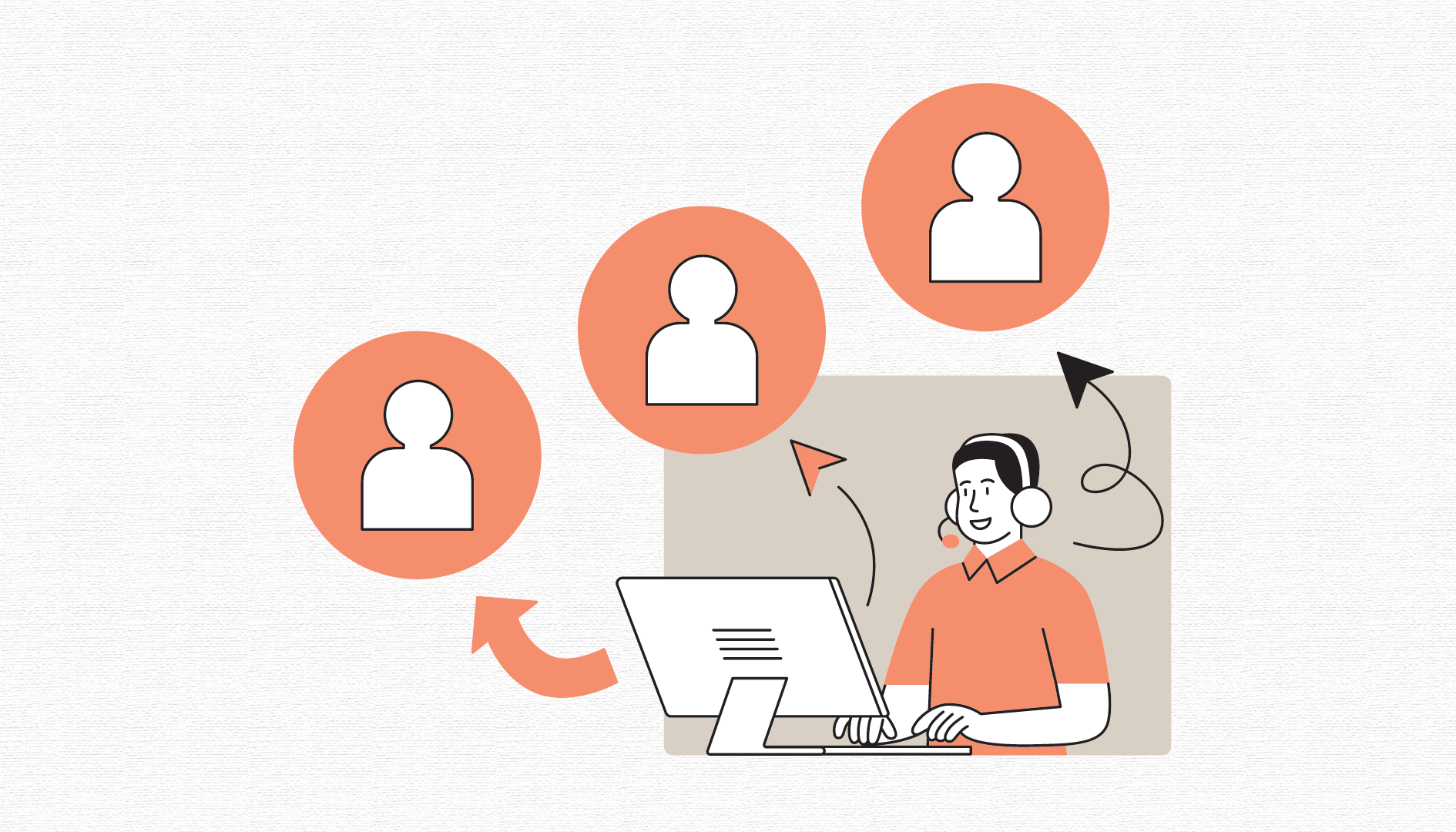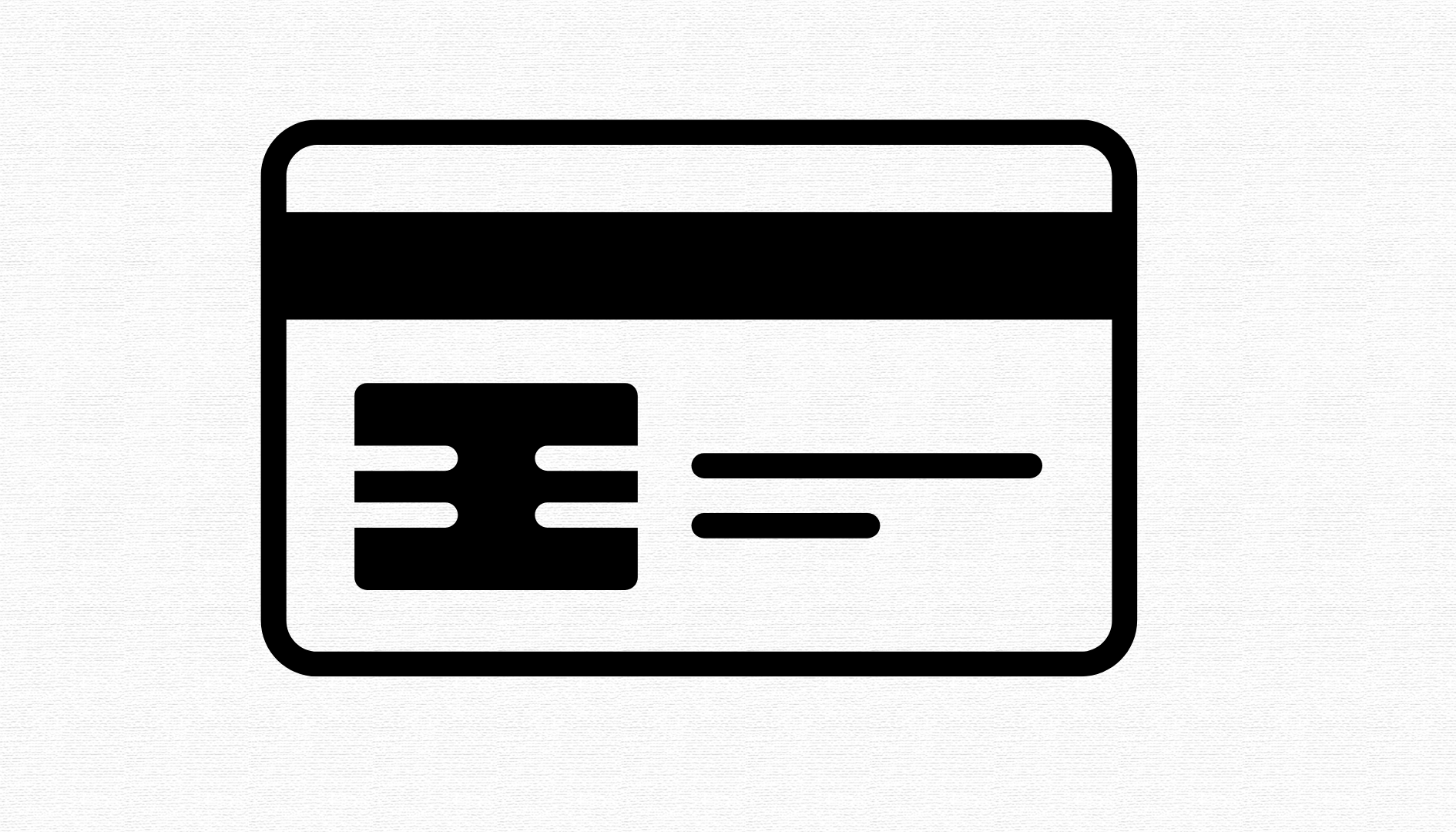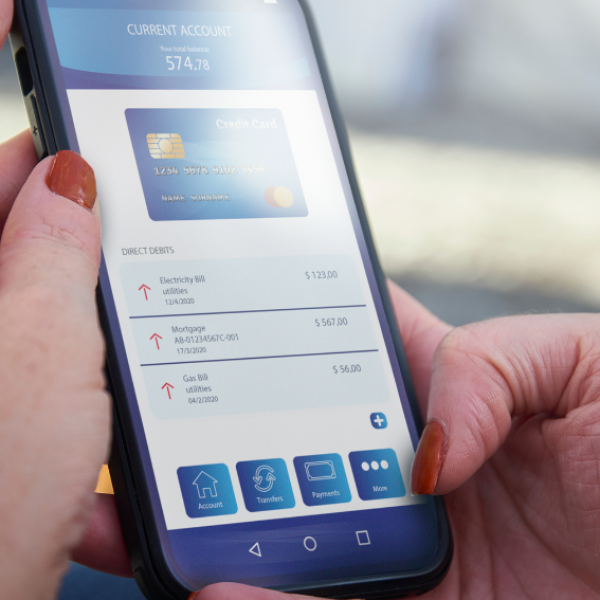If you’re in business, you likely recognize that software is critical for growth. It is a vital component in any organization during this digital age, enhancing agility, efficiency, and service quality while addressing potential issues. Moreover, it provides businesses with new opportunities.
Now, let’s focus on software applications. Various backend services support every software application. These solutions are crucial for enabling the front end you interact with daily.
The development of backend technology requires considerable effort. Organizations can utilize cloud backend processing services offered by backend-as-a-service (BaaS) providers, eliminating the need for onsite hardware and simplifying backend management. It’s quite a practical solution, isn’t it?
Continue reading to learn more about BaaS.
Table of Contents
What Is Backend-as-a-Service (BaaS)?
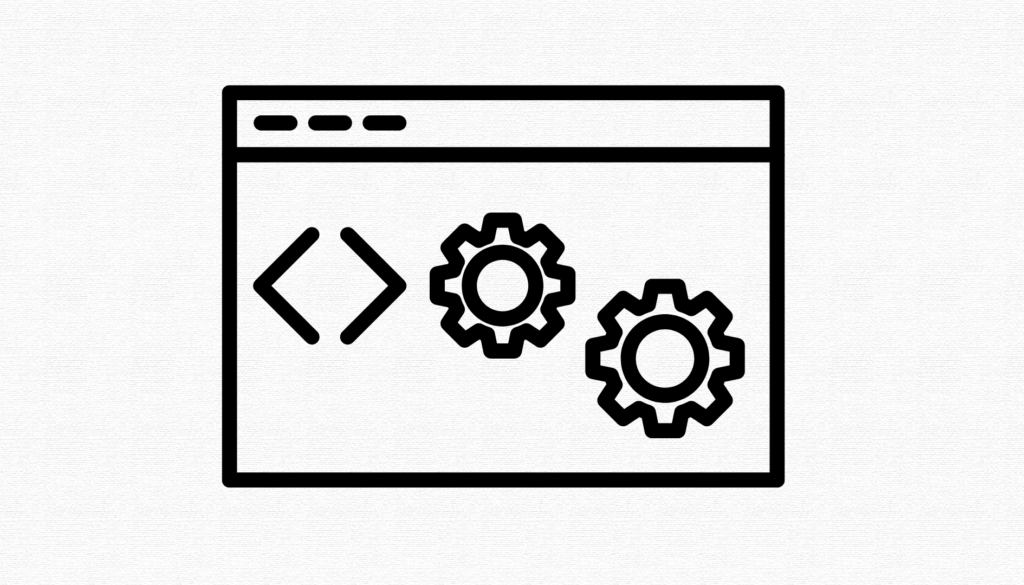
Backend-as-a-service (BaaS) is a cloud computing model that allows developers to outsource backend aspects of web and mobile applications. This service model provides developers with a suite of tools to manage server-side operations typically required for functioning applications without the need for in-depth server-side knowledge or management.
Key features typically provided by BaaS include:
- Database Management: Developers can use BaaS to handle all aspects of database maintenance and scaling.
- Cloud Storage: For storing various types of data securely in the cloud.
- User Authentication: BaaS providers offer ready-made modules for user authentication, including secure logins.
- Email Verification, Geolocation, and Push Notifications: Essential tools for enhancing user engagement and verifying user accounts.
- Hosting and Social Integration: Streamlines the app deployment and integration process with social media platforms.
- Security Settings: Ensures data protection and compliance with various security standards.
By using BaaS, developers can access these functionalities through APIs and SDKs provided by the BaaS vendor, integrating them directly into their applications. This approach eliminates the need to build and maintain a backend, manage hardware infrastructure like servers or deal with complex server-side technologies. This can significantly speed up the development process, allowing developers to launch their applications more rapidly while focusing on creating a robust user experience on the front end.
How Does BaaS Work?
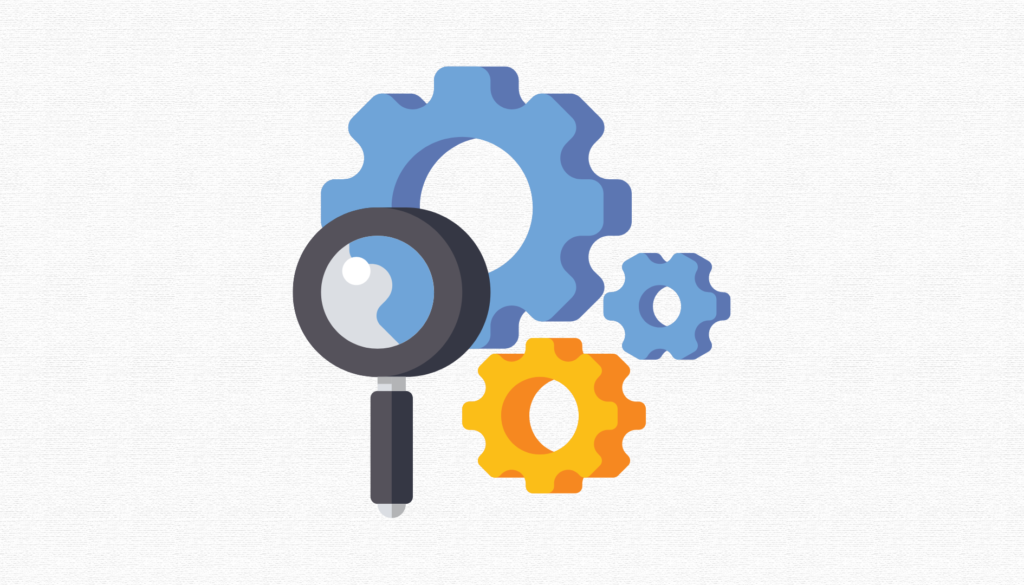
Backend as a Service (BaaS) functions similarly to web hosting. The BaaS provider equips the application with various functionalities, allowing developers to integrate and manipulate data to construct a tailored backend. Developers access these backend configurations through interfaces provided by the service, such as APIs or a REST interface, to structure the web application as needed.
Here’s a typical BaaS workflow:
- Developers register with a BaaS provider and set up an account.
- The provider offers a range of APIs and SDKs for integrating the backend infrastructure into the developers’ applications.
- Developers utilize these tools to link their applications with the BaaS backend, enabling features like data storage, user management, and push notifications.
- The BaaS provider handles the backend infrastructure, including scalability, security, and server maintenance. This management allows developers to concentrate on developing their application’s primary features.
- Developers can scale their applications by adjusting their use of the BaaS infrastructure.
For many larger providers, simply registering is enough to access a free starter package. Registration options often include using social accounts like Facebook or Google. Typical registration steps involve choosing an initial application and a target platform, such as iOS, Android, or HTML5. The BaaS then generates API keys, and depending on the provider, JavaScript libraries are also provided along with additional standard functionalities.
Experienced developers usually do not require training to set up the backend. Establishing a backend via BaaS is straightforward and quick.
Different Types of BaaS
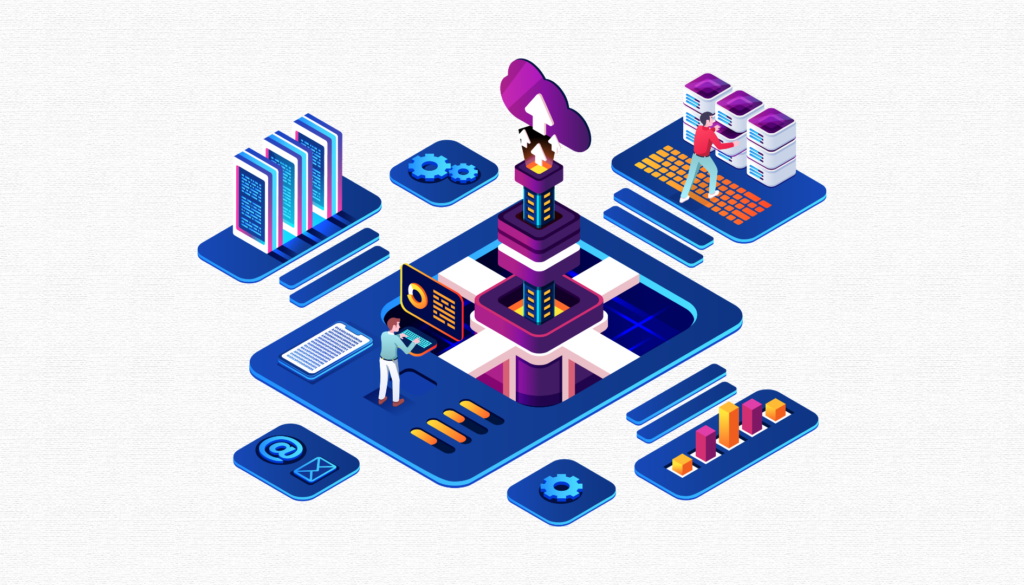
Let’s examine different types of BaaS. Understanding these types is crucial for selecting the right option for your needs.
- Mobile BaaS
Mobile BaaS is tailored specifically for mobile applications, offering features and services that are optimized for mobile devices, such as push notifications, user authentication, and location-based services. Mobile BaaS solutions can be either cloud-based or self-hosted, depending on the developer’s requirements.
- Cloud-Based BaaS
Cloud-based BaaS is a commonly used BaaS solution hosted online. Developers can use a web interface or APIs to connect to the BaaS platform and utilize its pre-built features and services. The BaaS provider handles the management of the platform’s infrastructure, security, and scalability.
- Self-Hosted BaaS
Self-hosted BaaS involves a BaaS solution installed on a developer’s own servers or cloud infrastructure. This setup allows developers greater control over the platform, enabling them to tailor it to their specific needs. However, they are also responsible for managing the platform’s infrastructure, security, and scalability.
What Are the Key Elements of Baas?
A BaaS offering consists of several components, like:
- User authentication: This component manages user accounts, handling both authentication and authorization. It works with various authentication methods, such as social media logins, traditional email/password setups, and OAuth. Features include secure token management, control over user sessions, and password recovery, which improve security and enhance the user experience.
- Database management: BaaS offers cloud-based NoSQL databases that facilitate the efficient storage, retrieval, and management of application data. These databases allow for data modeling, provide advanced querying capabilities, and ensure effective data indexing. An important feature is real-time data synchronization (e.g., webhooks), vital for applications needing immediate data updates. The capability for offline data access also supports app functionality when there is no internet connection.
- Server-side logic and cloud functions: BaaS allows developers to write and deploy custom server-side code in a serverless environment using programming languages such as Python, Java, or JavaScript. Cloud functions can be activated by HTTP requests, database changes, or scheduled tasks.
- Cloud storage and file management: BaaS provides scalable cloud storage solutions for various files and multimedia content. This includes data encryption and backup solutions to ensure security and availability, along with easy file-sharing options.
- Real-time data handling: BaaS supports real-time data streaming and synchronization across different devices, which is crucial for features like real-time notifications, collaborative functionalities, and live chat.
- Push notifications: BaaS platforms offer tools to send targeted and personalized push notifications to users. These services work with native platforms such as Firebase Cloud Messaging (FCM) Apple Push Notification Service (APNs), providing scheduling and segmenting options that adapt to user behavior and preferences.
- API integration and management: BaaS platforms automatically generate APIs for backend services, which reduces the need to write extensive code. API gateways handle requests and responses and allow integration with third-party services and external APIs.
- Geolocation services: BaaS includes location tracking, location-based querying and geofencing functionalities, which are crucial for applications that need location-aware features.
- Reporting and analytics: BaaS platforms provide dashboards and tools for data visualization and analysis, as well as support integration with external analytics tools.
- Compliance and security: BaaS incorporates strong security measures such as SSL/TLS encryption and data privacy controls to safeguard user data. Providers also ensure adherence to various regulatory standards like HIPAA and GDPR, tailored to regional and industry-specific requirements.
- Performance and scalability management: BaaS automatically adjusts backend resources based on app demand, incorporating load balancing and performance optimization features to maintain smooth operation under different workloads.
These components collectively create the foundation of BaaS, providing developers with a comprehensive, secure, and efficient approach to managing backend functionalities for their digital projects.
What Are the Benefits of BaaS?
A Backend as a Service (BaaS) provides significant benefits for developers by managing the backend infrastructure, making it appear as an ideal solution. What other advantages does a BaaS offer?
- Cost-Effective
For teams with development resources but a limited budget for an Infrastructure as a Service (IaaS), a BaaS can be a more affordable option. Setting up a private cloud or integrating IaaS and Platform as a Service (PaaS) solutions can be expensive and technically demanding. A BaaS reduces the need for such investments, lowering overall costs.
- Accelerated Development Time
With a BaaS, the cloud provider oversees the infrastructure, allowing developers to concentrate solely on front-end development. This focus can significantly decrease coding and process times, as there is no need for developers to manage backend setups. BaaS offers a straightforward approach for developers to start projects quickly.
- Scalability
As demand and user base increase, it’s crucial that your application scales effectively. A robust BaaS not only adapts to growing needs but also provides detailed performance data to help identify and resolve any issues, potentially suggesting scaling up to meet increased demands.
- Streamlined Development Process
BaaS eliminates the need for server-side programming from the developers’ tasks, enabling them to concentrate on using familiar programming languages and interacting with relevant APIs. This focus can enhance productivity and allow developers to create effective solutions for clients more efficiently.
- Automatic Updates
A BaaS provider typically manages updates, including those for security and bug fixes. These updates are often configured to install automatically, which relieves developers from the need to manually check and apply updates, ensuring the system remains up-to-date without additional effort.
What Are the Drawbacks of BaaS?
- Security Concerns
Security practices, such as regular server data backups, differ among BaaS providers. Users need to understand the backup routines of their BaaS provider to ensure data is protected appropriately, including how quickly services can be restored after a server failure and what data is recoverable.
Additionally, where user data is involved, ensuring the protection of sensitive information is critical.
- Potential for Unforeseen Costs
Costs may escalate unexpectedly with a BaaS due to automatic scaling features. If the volume of incoming requests and required data storage exceed initial estimates, expenses can increase significantly. Unlike with dedicated servers where capacities and costs are established upfront, BaaS pricing beyond basic packages can be unpredictable and challenging to forecast.
- Challenges in Provider Switching
Transitioning to a different Backend as a Service provider can be complex due to proprietary technologies used by each provider, such as unique server interfaces and software development kits. This often means that simply changing server addresses or redirecting requests is insufficient.
Different programming models developers prefer may necessitate completely re-implementing the backend when changing providers, adding to the complexity and cost.
Popular BaaS Vendors in 2024
- AWS Amplify:
Amplify is a comprehensive platform designed to develop scalable web and mobile applications. Launched by Amazon Web Services (AWS) in 2017, it provides full support for constructing backends and cloud-connected user interfaces without interruptions. The platform includes various features that allow developers to manage content outside the AWS console and deploy both dynamic and static applications.
Additionally, using Amplify does not require advanced technical skills to handle server-side operations and integrate them with the client side. Amplify is favored for features such as authentication, API support, a built-in CLI, and code libraries, and it is also appreciated for its superior user experience. The consistent user experience across different operating systems and devices establishes Amplify as a leading solution.
- Backendless:
Backendless offers citizen developers a visual development platform that accesses backend services without requiring any coding. Backendless features a platform that enables smooth API integrations and development across multiple platforms at once. It serves as an attractive, low-to-no-code option for any business. The platform’s responsive design facilitates the creation of applications that work well on any device.
Backendless is designed to accommodate various skill levels and provides tools to help developers streamline the development and deployment cycle of new applications.
- Firebase
Firebase, a BaaS owned by Google, offers comprehensive features for building, hosting, and managing apps. The platform includes a variety of tools that developers require for app creation and management. Essentially, it provides all necessary tools to build an app, launch it, and interact with its users.
The backend platform gives developers access to several pre-built services such as file storage, database, and authentication, allowing them to focus more on creating excellent apps. Firebase also supports the easy scaling of apps. Together, these features establish Firebase as one of the top BaaS platforms available today.
- Supabase
Supabase is a PostgreSQL relational database with a real-time REST API and serverless functions. It utilizes PostgreSQL to provide a stable and consistent data environment. The platform includes real-time REST API capabilities for database interactions, as well as authentication services and serverless functions.
Supabase positions itself as the open-source alternative to Firebase. It allows developers to set up a backend in less than three minutes. The platform enables the creation of projects with features like a Postgres Database, Authentication, real-time subscriptions, and Storage—similar to Firebase but with a different underlying database model.
Users benefit from increased control over the development of business applications or the design of new systems tailored to specific requirements. They can also create more secure networks or adapt systems to comply with various governmental or organizational regulations.
Conclusion
Backend-as-a-Service (BaaS) offers a streamlined solution for managing the backend of web and mobile applications, providing essential services like database management, user authentication, and real-time data handling. By leveraging BaaS, developers can focus on front-end development, reducing the time and cost associated with backend setup and maintenance.
With options like AWS Amplify, Backendless, Firebase, and Supabase, businesses can choose the BaaS that best fits their needs, whether they prefer cloud-based or self-hosted solutions. However, it is crucial to consider potential drawbacks, such as security concerns and unforeseen costs, to make an informed decision. Understanding these aspects can help businesses effectively utilize BaaS to enhance their software development process.
Frequently Asked Questions
What is Backend-as-a-Service (BaaS) and how does it work?
Backend-as-a-Service (BaaS) is a cloud service model that lets developers outsource backend infrastructure to focus on front-end development. It provides pre-built backend functions via APIs and SDKs, handling tasks like database management, user authentication, and server hosting.
What are the main types of BaaS available?
The main types of BaaS include cloud-based BaaS, where the provider manages backend services; self-hosted BaaS, which businesses host on their servers; and Mobile BaaS (MBaaS), tailored for mobile app development. Each type suits different needs for control and customization.
What are the key features of BaaS?
Key features of BaaS include user authentication, database management, cloud storage, push notifications, and remote updates. These features help simplify backend development, making applications scalable, secure, and efficient.
What are the benefits and limitations of using BaaS?
BaaS offers rapid development, scalability, reduced infrastructure management, and cost efficiency. However, it may lead to vendor lock-in, making it hard to switch providers or customize the backend, and costs can rise with increased application demand.

